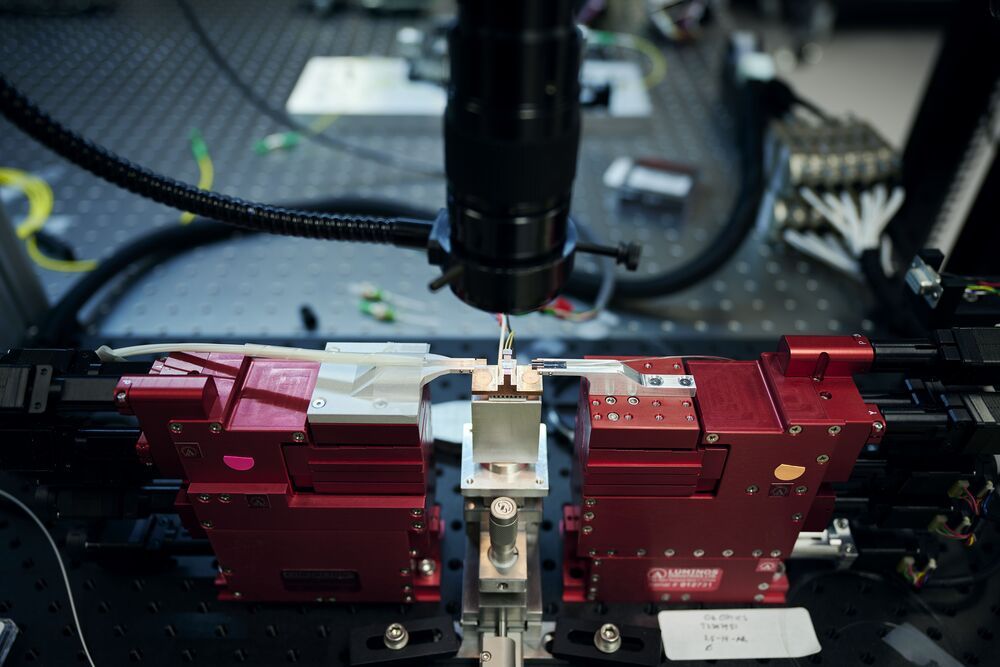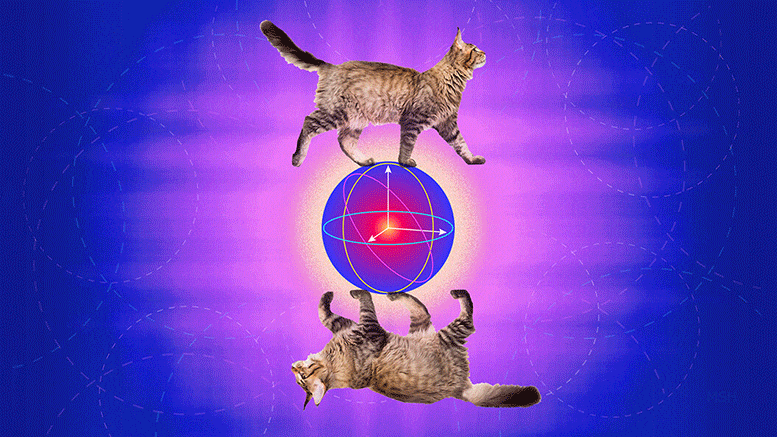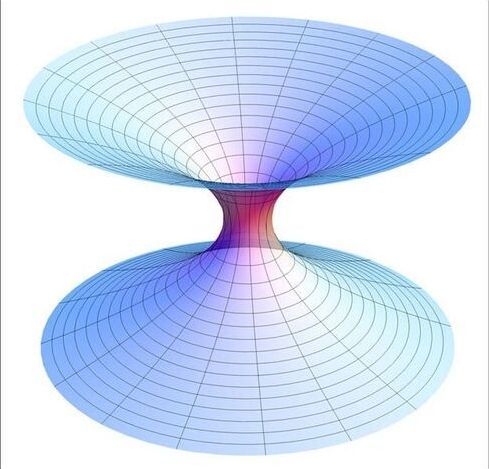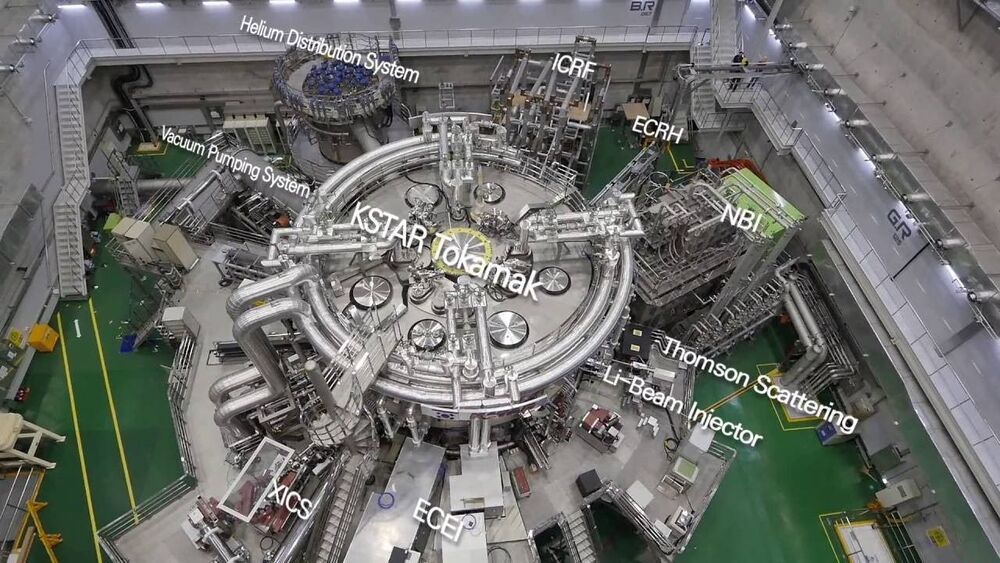Dec 25, 2020
Consciousness: Redefining the Mind-Body Problem
Posted by Alex Vikoulov in categories: neuroscience, physics
Consciousness is fundamental, pre-exists our Universe and manifests in everything that we think of as real. A brain, as important as it seems, is nothing more than the way that non-local consciousness operates at an “avatar” level during a lifetime. The evidence that all of this is true is consistent and overwhelming. But mainstream science is still bound by the centuries-old “materialist dogma” and stuck with the “hard problem” of consciousness. If we assume that consciousness doesn’t arise from the brain activity, as some neuroscientists still presume to be true, where does it come from? #consciousness #mind #self #theology #physics
Discussion of the hard problem of consciousness with certain solutions in phenomenology, possibilities of mind-uploading and implications…


















